Menininkas: Michelangelo Buonarroti
Data: 1512
Muziejus: Sistine Chapel (Vatican)
The Creation of Adam is a fresco painting by Michelangelo, which forms part of the Sistine Chapel's ceiling, painted c. 1508–1512. It illustrates the Biblical creation narrative from the Book of Genesis in which God breathes life into Adam, the first man. The fresco is part of a complex iconographic scheme and is chronologically the fourth in the series of panels depicting episodes from Genesis. The image of the near-touching hands of God and Adam has become iconic of humanity. The painting has been reproduced in countless imitations and parodies. Leonardo da Vinci's Last Supper and Michelangelo's Creation of Adam are the most replicated religious paintings of all time. . God is depicted as an elderly white-bearded man wrapped in a swirling cloak while Adam, on the lower left, is completely nude. God's right arm is outstretched to impart the spark of life from his own finger into that of Adam, whose left arm is extended in a pose mirroring God's, a reminder that man is created in the image and likeness of God (Gen 1:26). Another point is that Adam's finger and God's finger are not touching. It gives the impression that God, the giver of life, is reaching out to Adam who has yet to receive it; they are not on "the same level" as would be two humans shaking hands, for instance. Many hypotheses have been formulated regarding the identity and meaning of the figures around God. The person protected by God's left arm might be Eve due to the figure's feminine appearance and gaze towards Adam, but was also suggested to be Virgin Mary, Sophia, the personified human soul, or an angel of feminine build. The Creation of Adam is generally thought to depict the excerpt "God created man in his own image, in the image of God He created him" (Gen 1:27). The inspiration for Michelangelo's treatment of the subject may come from a medieval hymn called Veni Creator Spiritus, which asks the 'finger of the paternal right hand' (digitus paternae dexterae) to give the faithful speech.
Menininkas |
|
|---|---|
muziejų |
|
Leidimai |
Nemokama nekomerciniam naudojimui. Žiūrėkite žemiau. |
Michelangelo Buonarroti – Labiausiai žiūrimi kūriniai
|
This image (or other media file) is in the public domain because its copyright has expired. However - you may not use this image for commercial purposes and you may not alter the image or remove the watermark. This applies to the United States, Canada, the European Union and those countries with a copyright term of life of the author plus 70 years.
|
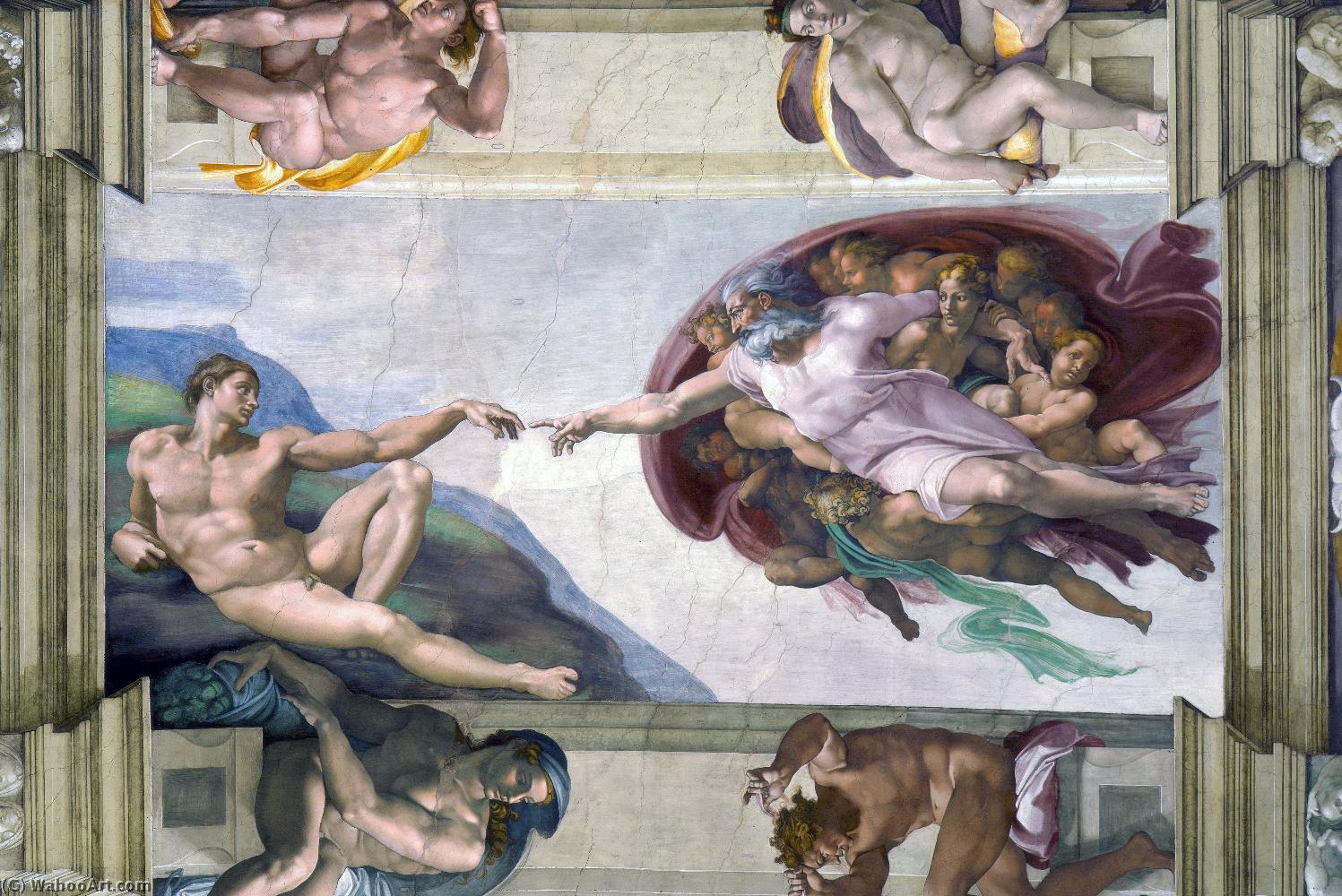
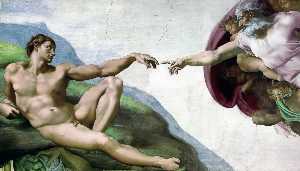
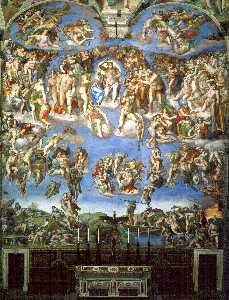
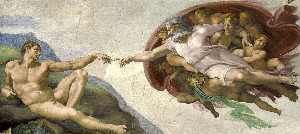
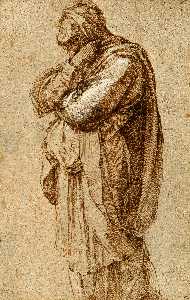
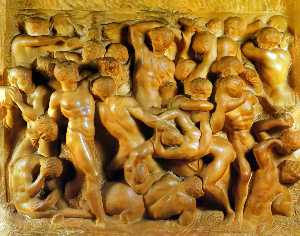


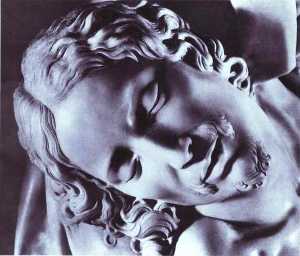
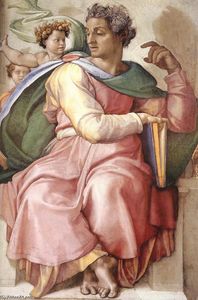
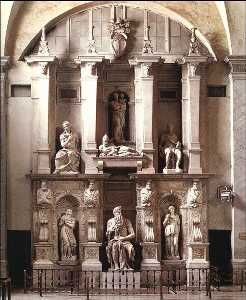

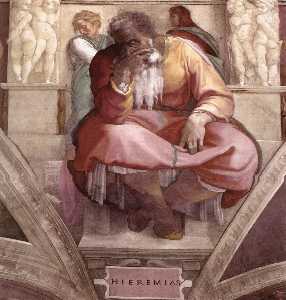
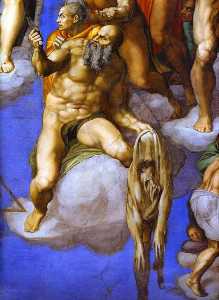
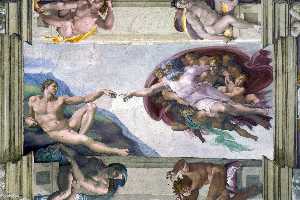
 Note that a few countries have copyright terms longer than 70 years: Mexico has 100 years, Colombia has 80 years, and Guatemala and Samoa have 75 years. This image may
not be in the public domain in these countries, which moreover do not implement the
Note that a few countries have copyright terms longer than 70 years: Mexico has 100 years, Colombia has 80 years, and Guatemala and Samoa have 75 years. This image may
not be in the public domain in these countries, which moreover do not implement the